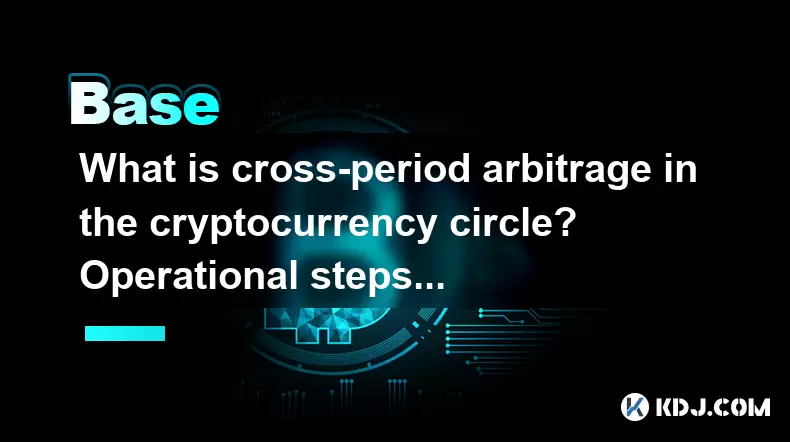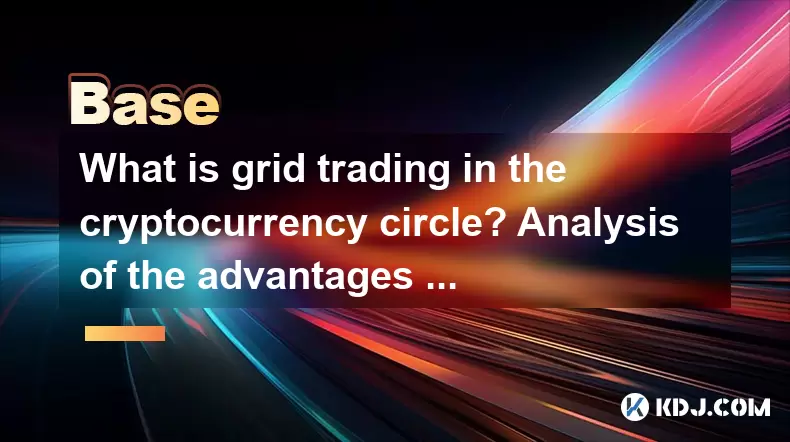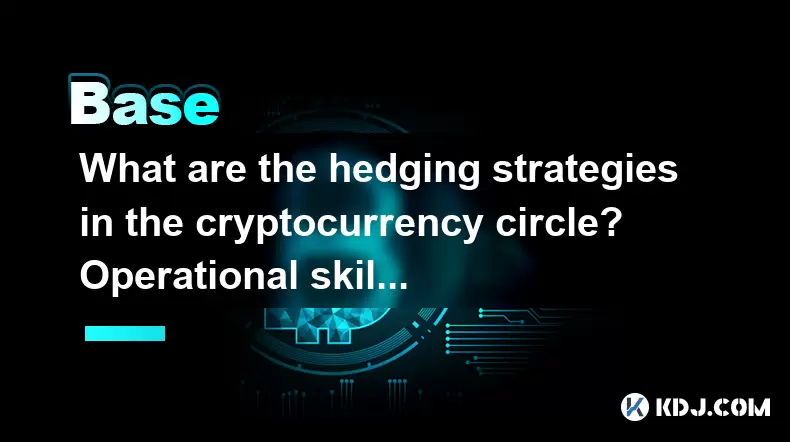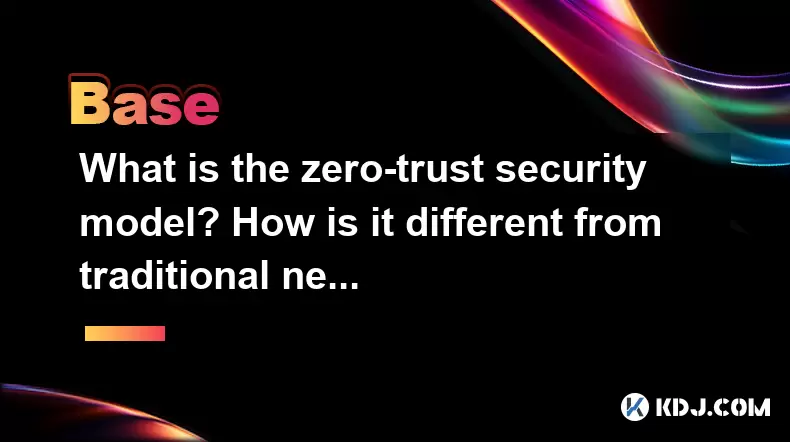-
 Bitcoin
Bitcoin $107,526.4931
-0.01% -
 Ethereum
Ethereum $2,664.6369
1.31% -
 Tether USDt
Tether USDt $1.0002
-0.01% -
 XRP
XRP $2.2922
0.72% -
 BNB
BNB $683.2468
-0.04% -
 Solana
Solana $170.6623
0.22% -
 USDC
USDC $0.9998
0.01% -
 Dogecoin
Dogecoin $0.2211
0.62% -
 TRON
TRON $0.2765
0.47% -
 Cardano
Cardano $0.7420
-0.96% -
 Sui
Sui $3.5858
-0.02% -
 Hyperliquid
Hyperliquid $32.5752
-3.78% -
 Chainlink
Chainlink $15.4724
-0.92% -
 Avalanche
Avalanche $23.0243
-0.32% -
 Stellar
Stellar $0.2852
0.67% -
 Toncoin
Toncoin $3.4315
-1.63% -
 Shiba Inu
Shiba Inu $0.0...01425
0.86% -
 UNUS SED LEO
UNUS SED LEO $9.0456
-0.21% -
 Bitcoin Cash
Bitcoin Cash $414.7562
1.45% -
 Hedera
Hedera $0.1834
-0.11% -
 Litecoin
Litecoin $96.3683
1.31% -
 Polkadot
Polkadot $4.5288
-0.09% -
 Monero
Monero $340.8394
-3.04% -
 Bitget Token
Bitget Token $5.2522
0.03% -
 Pepe
Pepe $0.0...01392
1.46% -
 Dai
Dai $1.0000
0.00% -
 Ethena USDe
Ethena USDe $0.9997
-0.10% -
 Pi
Pi $0.7107
-3.46% -
 Uniswap
Uniswap $6.8684
2.64% -
 Aave
Aave $257.2202
-3.48%
How do blockchain smart contracts work? How is it different from ordinary contracts?
Smart contracts, self-executing agreements on blockchains, automate transactions and eliminate intermediaries, revolutionizing various industries despite security and legal challenges.
May 28, 2025 at 11:07 am

Smart contracts are a pivotal component of blockchain technology, revolutionizing how agreements are executed in the digital age. At their core, smart contracts are self-executing contracts with the terms of the agreement directly written into code. They run on blockchain networks, ensuring transparency, security, and automation without the need for intermediaries. This article will delve into the mechanics of smart contracts, their differences from traditional contracts, and provide a comprehensive understanding of their functionality.
What Are Smart Contracts?
Smart contracts are programs stored on a blockchain that automatically execute when predetermined conditions are met. They were first conceptualized by Nick Szabo in 1994, but it wasn't until the advent of blockchain technology, particularly with Ethereum, that they became a practical reality. Smart contracts enable trustless and decentralized execution of agreements, making them ideal for various applications, from financial services to supply chain management.
How Do Smart Contracts Work?
The operation of a smart contract involves several key steps:
Initialization: A smart contract is deployed onto a blockchain network. This involves writing the contract code and deploying it to the blockchain, which then assigns a unique address to the contract.
Triggering Conditions: The smart contract remains dormant until the specified conditions are met. These conditions can be anything from a date and time to a specific transaction amount or external data input.
Execution: Once the conditions are satisfied, the smart contract automatically executes the agreed-upon actions. This could involve transferring funds, updating records, or triggering another smart contract.
Verification and Recording: Every action taken by the smart contract is verified by the network's nodes and recorded on the blockchain, ensuring transparency and immutability.
Key Components of Smart Contracts
Understanding the key components of smart contracts is crucial for grasping their functionality:
Code: The heart of a smart contract is its code, which defines the rules and conditions of the agreement. Languages like Solidity for Ethereum are commonly used to write these contracts.
State: Smart contracts maintain a state, which is a record of all the data and variables that the contract manages. This state is updated as the contract executes.
Transactions: Interactions with a smart contract are typically initiated through transactions, which can be sent by users or other smart contracts.
Events: Smart contracts can emit events to log significant occurrences or to notify external systems about specific actions taken by the contract.
Differences Between Smart Contracts and Ordinary Contracts
While smart contracts and ordinary contracts share the fundamental purpose of formalizing agreements, their execution and management differ significantly:
Automation: Smart contracts are self-executing, meaning they automatically enforce the terms of the agreement once the predefined conditions are met. Ordinary contracts require manual enforcement, often involving legal proceedings.
Transparency: Smart contracts operate on public blockchains, making all terms and transactions visible to anyone. Traditional contracts are typically private documents, with terms known only to the involved parties.
Intermediaries: Smart contracts eliminate the need for intermediaries like lawyers or banks, reducing costs and potential points of failure. Ordinary contracts often require these intermediaries to oversee and enforce the agreement.
Immutability: Once deployed, smart contracts are immutable, meaning their code cannot be altered. Ordinary contracts can be amended or terminated by mutual agreement or legal action.
Speed and Efficiency: Smart contracts execute instantly once conditions are met, whereas ordinary contracts can take days or weeks to process due to manual handling and bureaucratic processes.
Use Cases of Smart Contracts
Smart contracts have a wide range of applications across various industries:
Financial Services: Smart contracts can automate complex financial transactions, such as loans, insurance payouts, and securities trading, reducing the need for intermediaries and increasing efficiency.
Supply Chain Management: They can track the movement of goods, ensuring transparency and automating payments upon delivery, thereby reducing fraud and errors.
Real Estate: Smart contracts can streamline property transactions by automating the transfer of deeds and funds, making the process faster and less prone to fraud.
Healthcare: They can manage patient data securely and automate billing and insurance claims, enhancing privacy and efficiency.
Challenges and Considerations
While smart contracts offer numerous benefits, they also come with challenges:
Security: Smart contracts are only as secure as their code. Bugs or vulnerabilities can lead to significant losses, as seen in the infamous DAO hack on Ethereum.
Complexity: Writing and deploying smart contracts require a high level of technical expertise, which can be a barrier to entry for many users.
Legal Recognition: The legal status of smart contracts varies by jurisdiction, and their enforceability in court can be uncertain.
Scalability: As the number of smart contracts on a blockchain increases, so does the demand on the network, which can lead to scalability issues.
Frequently Asked Questions
Q1: Can smart contracts be used for any type of agreement?
A1: While smart contracts can theoretically be used for many types of agreements, they are best suited for those that can be clearly defined and automated. Agreements requiring human judgment or subjective evaluation may not be suitable for smart contracts.
Q2: How are disputes resolved in smart contracts?
A2: Dispute resolution in smart contracts can be challenging due to their immutable nature. Some smart contracts include arbitration mechanisms, where a third party can be called upon to resolve disputes. However, this requires careful design and is not universally implemented.
Q3: Are smart contracts legally binding?
A3: The legal status of smart contracts varies by jurisdiction. In some places, they are recognized as legally binding, while in others, they may not have the same legal standing as traditional contracts. It's essential to consult with legal experts in your area to understand the enforceability of smart contracts.
Q4: Can smart contracts be hacked?
A4: Yes, smart contracts can be hacked if they contain vulnerabilities in their code. High-profile incidents like the DAO hack have demonstrated the importance of rigorous testing and security audits before deploying smart contracts on a blockchain.
Disclaimer:info@kdj.com
The information provided is not trading advice. kdj.com does not assume any responsibility for any investments made based on the information provided in this article. Cryptocurrencies are highly volatile and it is highly recommended that you invest with caution after thorough research!
If you believe that the content used on this website infringes your copyright, please contact us immediately (info@kdj.com) and we will delete it promptly.
- Michaël Van de Poppe Remains Unfazed by the Recent Market Crash, Predicting This Panic Moment
- 2025-05-29 23:05:14
- BlackRock iShares Bitcoin Trust ETF (IBIT) Tops All U.S.-Listed ETFs in Daily Inflows
- 2025-05-29 23:05:14
- XRPTurbo, the AI-powered DeFi network on the XRP Ledger (XRPL), has come as one of the talked-about narratives
- 2025-05-29 23:00:14
- Despite May’s Outperformance, the XRP Price Consolidates Between $2 and $2.6
- 2025-05-29 23:00:14
- Bitcoin Hyper Solves Two Major Problems with Bitcoin – Slow Transactions and High Fees
- 2025-05-29 22:55:13
- Web3 developer platform Alchemy has acquired HeyMint, an NFT launchpad
- 2025-05-29 22:55:13
Related knowledge

What is cross-period arbitrage in the cryptocurrency circle? Operational steps for cross-period arbitrage
May 29,2025 at 01:14am
What is Cross-Period Arbitrage in the Cryptocurrency Circle? Cross-period arbitrage in the cryptocurrency circle refers to the practice of exploiting price differences of the same asset across different time periods. This strategy involves buying an asset at a lower price in one period and selling it at a higher price in another period. The concept is r...

What is grid trading in the cryptocurrency circle? Analysis of the advantages and disadvantages of grid strategies
May 28,2025 at 03:07pm
Grid trading in the cryptocurrency circle refers to an automated trading strategy where a trader sets up a series of buy and sell orders at predetermined price levels. This creates a 'grid' of orders that automatically execute as the market price moves within the defined range. The primary goal of grid trading is to profit from the market's volatility b...

How to set stop-profit and stop-loss in the cryptocurrency circle? Setting skills and common misunderstandings
May 28,2025 at 11:28am
Setting stop-profit and stop-loss orders is a crucial strategy for managing risk and maximizing returns in the volatile world of cryptocurrencies. These tools help traders secure profits and limit losses by automatically executing trades when certain price levels are reached. However, understanding how to set these orders effectively and avoiding common...

What is liquidity mining in the cryptocurrency circle? Precautions for participating in mining
May 29,2025 at 01:56am
Liquidity mining has become a buzzword within the cryptocurrency circle, attracting numerous enthusiasts and investors looking to leverage this opportunity. Liquidity mining refers to the process where users provide liquidity to a decentralized exchange (DEX) or a lending protocol and, in return, receive rewards, often in the form of the platform's nati...

What are the hedging strategies in the cryptocurrency circle? Operational skills for hedging transactions
May 29,2025 at 08:57pm
Hedging strategies in the cryptocurrency circle are essential tools for traders and investors looking to mitigate risks associated with the volatile nature of digital assets. These strategies involve taking positions that will offset potential losses in other investments. In this article, we will explore various hedging strategies and provide detailed o...

What is the zero-trust security model? How is it different from traditional network security?
May 29,2025 at 05:08am
The zero-trust security model is a cybersecurity paradigm that operates on the principle of 'never trust, always verify'. This approach contrasts sharply with traditional network security, which often relies on a 'castle-and-moat' strategy where once inside the network, users and devices are generally trusted. Zero-trust security assumes that threats ca...

What is cross-period arbitrage in the cryptocurrency circle? Operational steps for cross-period arbitrage
May 29,2025 at 01:14am
What is Cross-Period Arbitrage in the Cryptocurrency Circle? Cross-period arbitrage in the cryptocurrency circle refers to the practice of exploiting price differences of the same asset across different time periods. This strategy involves buying an asset at a lower price in one period and selling it at a higher price in another period. The concept is r...

What is grid trading in the cryptocurrency circle? Analysis of the advantages and disadvantages of grid strategies
May 28,2025 at 03:07pm
Grid trading in the cryptocurrency circle refers to an automated trading strategy where a trader sets up a series of buy and sell orders at predetermined price levels. This creates a 'grid' of orders that automatically execute as the market price moves within the defined range. The primary goal of grid trading is to profit from the market's volatility b...

How to set stop-profit and stop-loss in the cryptocurrency circle? Setting skills and common misunderstandings
May 28,2025 at 11:28am
Setting stop-profit and stop-loss orders is a crucial strategy for managing risk and maximizing returns in the volatile world of cryptocurrencies. These tools help traders secure profits and limit losses by automatically executing trades when certain price levels are reached. However, understanding how to set these orders effectively and avoiding common...

What is liquidity mining in the cryptocurrency circle? Precautions for participating in mining
May 29,2025 at 01:56am
Liquidity mining has become a buzzword within the cryptocurrency circle, attracting numerous enthusiasts and investors looking to leverage this opportunity. Liquidity mining refers to the process where users provide liquidity to a decentralized exchange (DEX) or a lending protocol and, in return, receive rewards, often in the form of the platform's nati...

What are the hedging strategies in the cryptocurrency circle? Operational skills for hedging transactions
May 29,2025 at 08:57pm
Hedging strategies in the cryptocurrency circle are essential tools for traders and investors looking to mitigate risks associated with the volatile nature of digital assets. These strategies involve taking positions that will offset potential losses in other investments. In this article, we will explore various hedging strategies and provide detailed o...

What is the zero-trust security model? How is it different from traditional network security?
May 29,2025 at 05:08am
The zero-trust security model is a cybersecurity paradigm that operates on the principle of 'never trust, always verify'. This approach contrasts sharply with traditional network security, which often relies on a 'castle-and-moat' strategy where once inside the network, users and devices are generally trusted. Zero-trust security assumes that threats ca...
See all articles
























































































